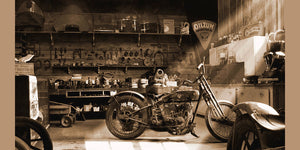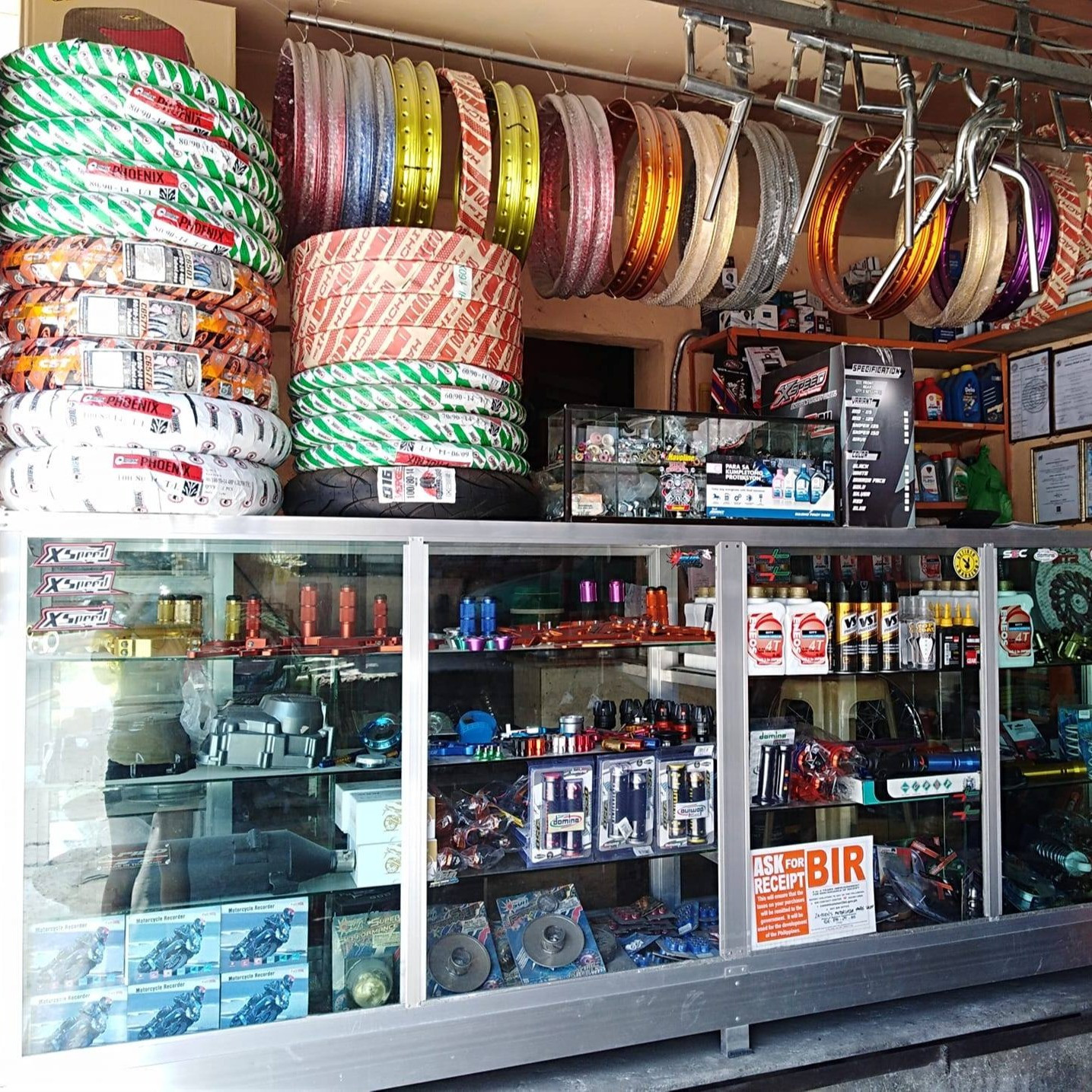See Our Motorcycle Shop for Specialist Guidance and Top Quality Products
See Our Motorcycle Shop for Specialist Guidance and Top Quality Products
Blog Article
Understanding the Important Parts of a Motorbike: A Comprehensive Overview for Enthusiasts
For motorcycle enthusiasts looking to raise their riding experience and ensure their bikes run smoothly, understanding the important parts of a bike is vital. Each component, from the engine's detailed workings to the important duty of the stopping systems, not just influences efficiency but also security and comfort.
Engine Components

The camshaft plays a critical function in controlling the timing of the engine's valves, guaranteeing the accurate opening and closing essential for efficient gas and air consumption, along with exhaust expulsion. This timing is crucial to preserving optimum engine efficiency and performance. Additionally, the carburetor or fuel injection system, relying on the bike design, is in charge of blending air with gas in the right proportion for burning.
The cooling system, either air or liquid-based, works to preserve the engine's temperature within operational limitations, protecting against getting too hot and ensuring durability - motorbike shop. Each element, diligently designed and integrated, adds to the seamless operation of the engine, specifying the bike's power output and overall efficiency
Transmission System
Integral to the motorbike's capability, the transmission system ensures reliable power transfer from the engine to the wheels. This system makes up a number of critical components, consisting of the clutch, gearbox, and last drive, each playing a crucial role in translating the engine's power right into motion. The clutch, generally run by a hand lever, offers to involve and disengage the engine from the transmission, permitting smooth gear adjustments and regulated acceleration.
The gearbox, often referred to as the transmission proper, contains a collection of equipments that motorcyclists can manually move via to adjust the bike's speed and torque outcome. These gears are arranged in a series that enables the motorcycle to increase smoothly and maintain optimum engine performance across various speeds. Most motorcycles utilize a sequential gearbox, calling for the motorcyclist to move equipments in a predetermined order.
Braking Devices
While recognizing the transmission system is key to using a motorbike's power, similarly important is the capability to manage and quit that power properly, which is where stopping mechanisms come into play. Brakes are vital for safety and efficiency, supplying the motorcyclist with the needed control to browse different terrains and conditions. Normally, bikes feature 2 types of stopping systems: disc brakes and drum brakes.
Disc brakes are extra prevalent in modern motorbikes due to their superior performance. This system offers better warm dissipation, regular efficiency, and improved quiting power, particularly in wet problems.
Conversely, drum brakes, though much less typical, are still located in some bikes. They work by pushing brake footwear versus the inner surface of a drum connected to the wheel. While normally much less efficient in heat dissipation and stopping power, drum brakes are less complex and much more cost-effective.
Comprehending these stopping systems' subtleties enables motorcyclists to preserve their bikes properly and value the design that guarantees safe and reliable quiting.
Suspension and Guiding
Suspension and steering systems are essential components that dramatically affect a motorcycle's handling and experience comfort. The suspension system, including forks at the front and shock absorbers at the rear, soaks up roadway abnormalities, enhancing stability and control. Front forks, generally telescopic or inverted, compress and rebound to reduce impacts, while back shock absorbers keep tire call with the roadway, vital for grip and security.
Guiding, centered around the handlebars, connects the motorcyclist to the motorbike's directional control. The guiding head bearings make sure smooth procedure, enabling exact ability to move. Appropriate placement and maintenance of these bearings are essential for predictable steering response and lowering motorcyclist exhaustion.
The suspension's adjustability is an additional essential element; preload, damping, and rebound settings permit customization to fit numerous riding designs and problems. go to this web-site This adaptability is crucial for maximizing efficiency, whether browsing city roads or dealing with sturdy tracks. Advancements like digital suspension systems use real-time adjustments, enhancing trip top quality throughout varied terrains.

Electric Solutions
After ensuring a smooth and controlled adventure via efficient suspension and steering systems, interest transforms to the electric systems, a crucial facet of modern motorbikes. These systems play a critical role not only in beginning the engine yet additionally in powering numerous parts that enhance the functionality and safety and security of the bike.
At the heart of a bike's electric system is the battery, which shops electrical energy needed for beginning the engine and powering auxiliary systems - motocross gear. The generator or generator, paired with the rectifier-regulator, makes sure the battery continues to be charged while the motorbike functions, converting mechanical energy into electrical power and maintaining voltage degrees
The ignition system, another important component, is in charge of firing up the air-fuel blend in the engine's cyndrical tubes. Modern motorcycles often utilize a digital ignition system, providing greater effectiveness and integrity contrasted to traditional systems.
Illumination systems, including fronts lights, tail lights, and signs, are also crucial, making certain presence and security for the motorcyclist. Added electronic parts such as sensors, control units, and displays add to advanced functions like gas injection administration, anti-lock stopping systems (ABDOMINAL), and digital this contact form control panels, better enhancing the riding experience.
Verdict
A comprehensive comprehension of a bike's vital components, consisting of the engine, transmission system, stopping systems, suspension, steering, and electrical systems, is essential for enthusiasts aiming to enhance security, efficiency, and comfort. Proficiency of these aspects enables educated decisions pertaining to motorcycle helmets nearby maintenance and upgrades, ultimately boosting the riding experience. By integrating this knowledge, cyclists can guarantee their motorbikes run at peak performance and dependability, consequently making best use of both satisfaction and longevity of their automobiles.
For motorbike fanatics looking to boost their riding experience and guarantee their bikes run smoothly, understanding the necessary components of a motorcycle is critical.Integral to the bike's functionality, the transmission system makes certain reliable power transfer from the engine to the wheels.While understanding the transmission system is key to using a bike's power, equally crucial is the capacity to control and quit that power successfully, which is where braking systems come right into play. Generally, motorbikes feature 2 types of braking systems: disc brakes and drum brakes.
An extensive comprehension of a motorcycle's necessary parts, including the engine, transmission system, stopping devices, suspension, steering, and electric systems, is essential for fanatics aiming to maximize comfort, safety, and performance.
Report this page